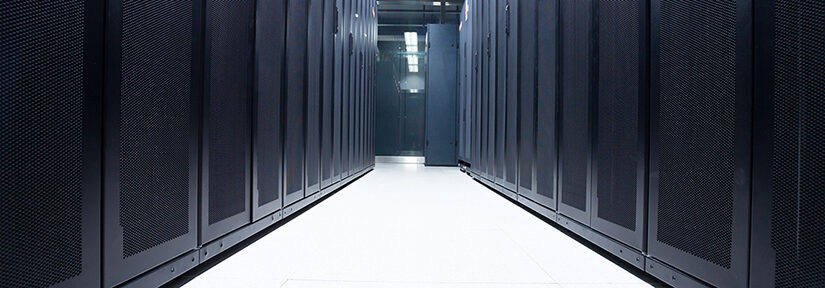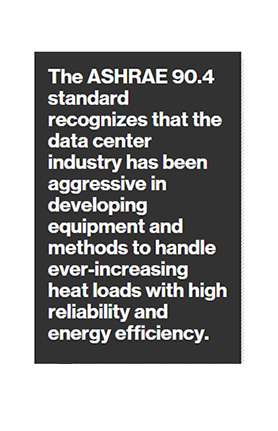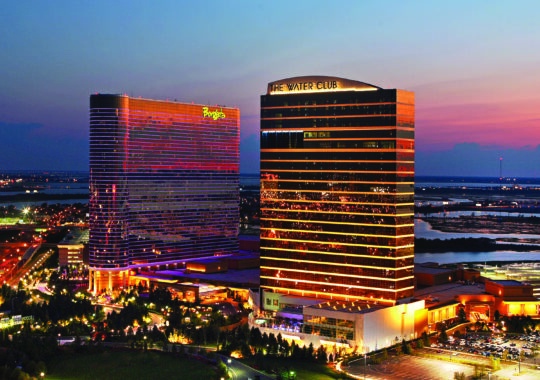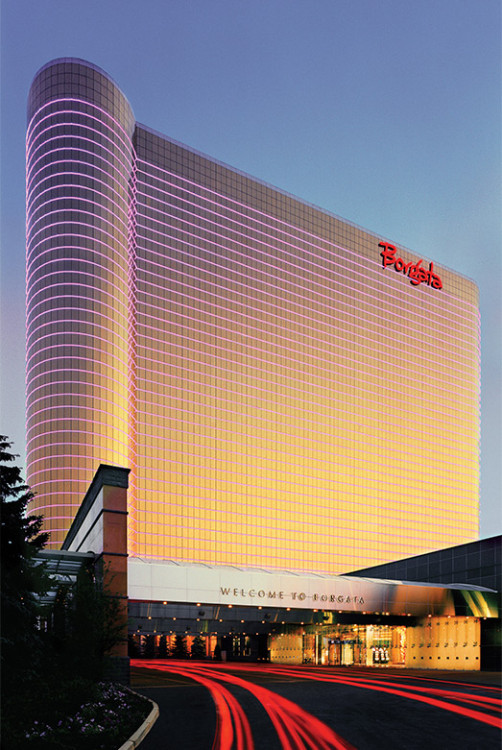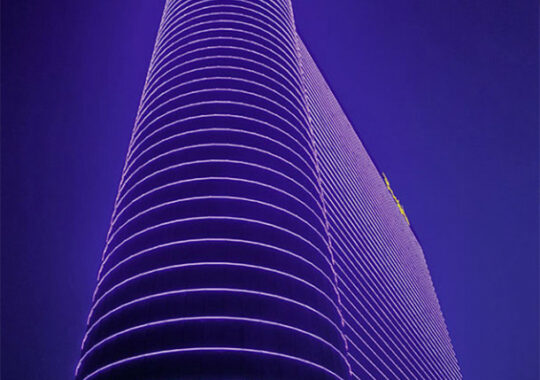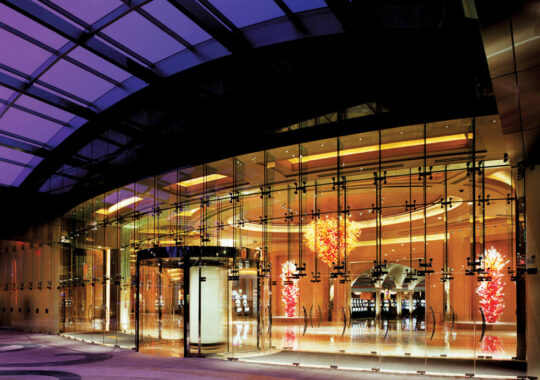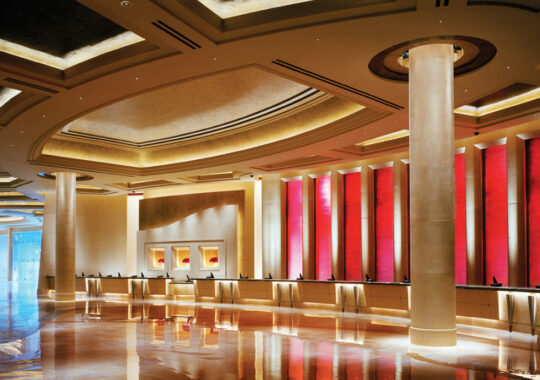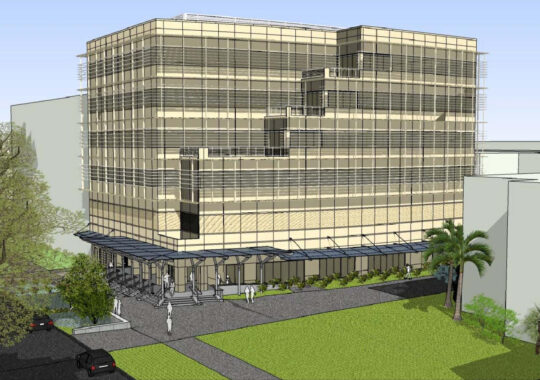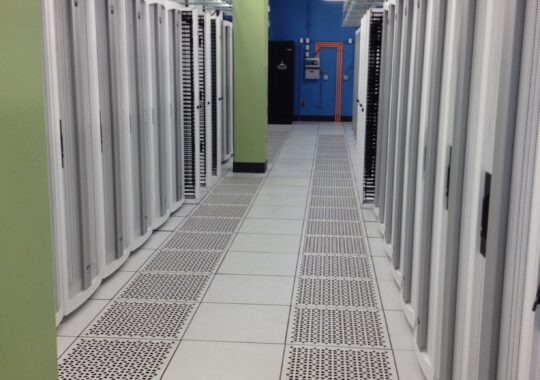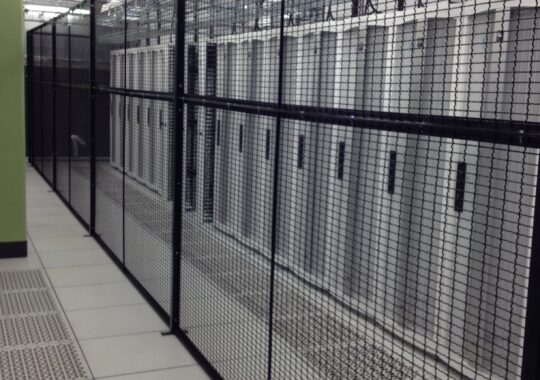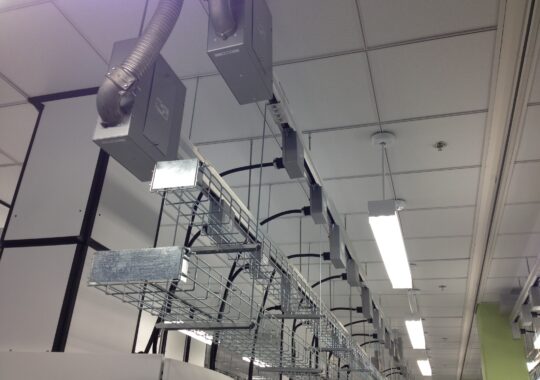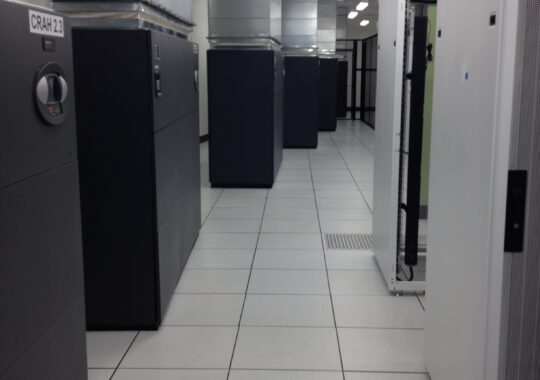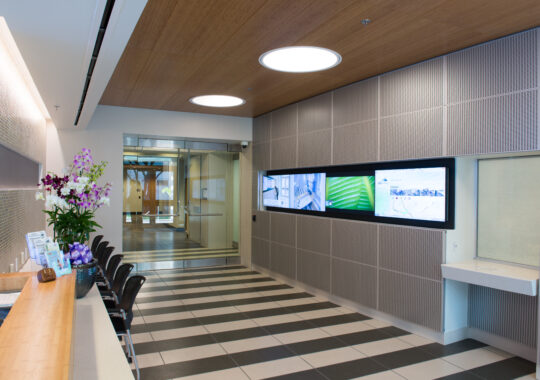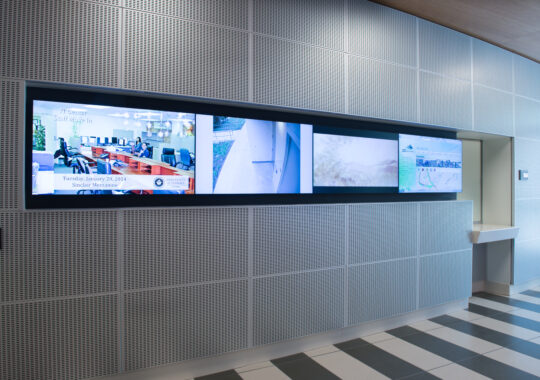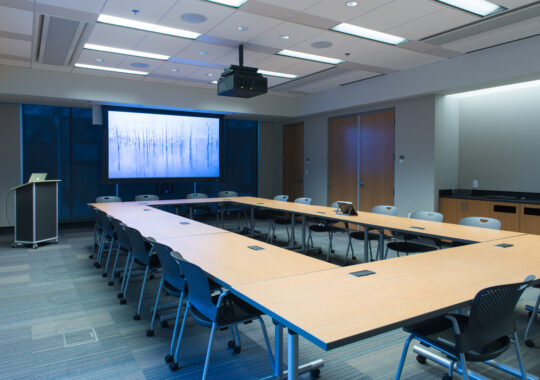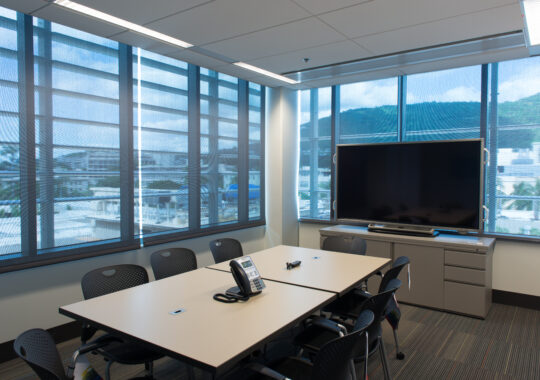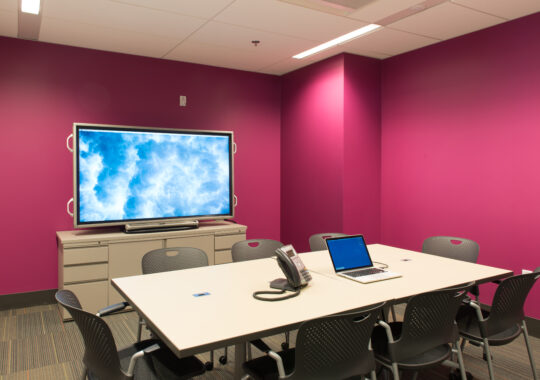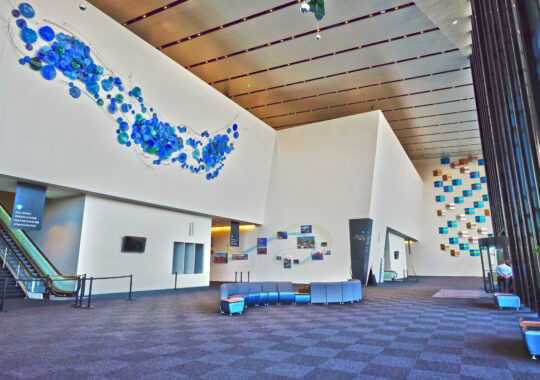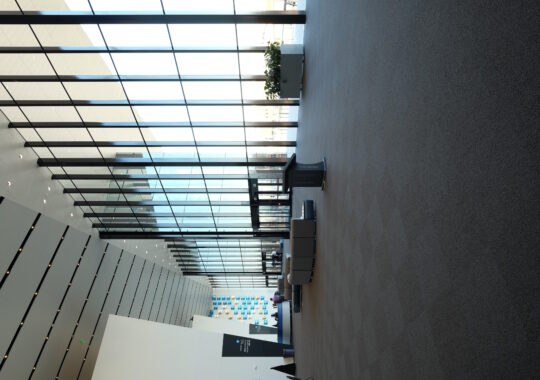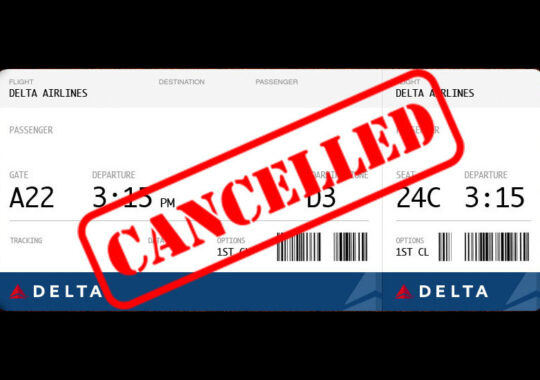ASHRAE recently released its new 90.4 energy efficiency standard. Here’s how it differs from 90.1, and what data center managers need to know.
The American Society of Heating, Refrigerating and Air-Conditioning Engineers recently named Standard 90.4 as the new energy efficiency standard to impose significant requirements on any building that houses a data center. It acts as a sister standard to the group’s 90.1 standard — but how does ASHRAE 90.4 affect data center managers and what’s different from 90.1?
One of the limitations of the American Society of Heating, Refrigerating, and Air-Conditioning Engineers (ASHRAE) 90.1 standard is that it’s mainly a prescriptive, rather than a performance, standard; it tells companies what they must do instead of what criteria they must meet. And to meet energy-efficiency requirements, the 90.1 standard almost universally requires using a device called an economizer. However, economizers are often impractical or unreliable in data centers.
As a result, ASHRAE suggested that its technical committee TC 9.9 spearhead the development of a new standard that would be more practical for the data center industry. That effort resulted in ASHRAE 90.4, a performance-based standard that spells out the energy-efficiency criteria that data center designers must meet and how to perform calculations that demonstrate compliance to inspectors.
The ASHRAE 90.4 standard recognizes that the data center industry has been aggressive in developing equipment and methods to handle ever-increasing heat loads with both high reliability and energy efficiency. So, while an economizer may yield energy savings at low construction cost, other approaches and design combinations can accomplish the same goal if an economizer is impractical or creates a reliability concern. Some of these approaches — even those that are more energy-efficient than an economizer — were previously precluded from 90.1 requirements.
The second big difference is that ASHRAE 90.4 recognizes the challenge of data center renovation and expansion. Data centers often have small expansions within existing spaces or localized changes in power and cooling to support new technology. It’s unrealistic to completely upgrade an entire operating facility or to go through a lengthy code and permit process to meet a small, but urgent, technology change. ASHRAE 90.4 exempts these small changes. It also allows tradeoffs between the electrical and mechanical portions of the facility for larger projects. In short, it allows you to upgrade one major piece of the infrastructure without having to upgrade the other if the two together accomplish the ultimate energy efficiency goal.
For example, let’s say you need to replace your uninterruptable power supply (UPS). Your mechanical system can already support the increased load, but your cooling system won’t meet the new efficiency requirements. ASHRAE 90.4 allows you to select a highly efficient UPS, and perhaps use more efficient transformers in your distribution, so the combined new electrical and existing mechanical efficiencies still meet the Standard.
Another important point is that 90.4 is a design standard, so the calculations are based on representative components related to design rather than on the well-known PUE energy efficiency metric. PUE requires actual in-use operating data that can’t be realistically calculated in design. The calculations are done in two parts: the mechanical load component and the electrical loss component. Organizations need to calculate efficiencies and losses for different elements of the systems and combine them into a single number, which must be equal to or less than the published maximum figures for each climate zone. The assumption is that if the worst-case elements of each system have at least the minimum efficiency or maximum loss specified, then the overall facility will be reasonably energy efficient.
Standards are never perfect. The data center industry, in particular, changes too quickly for any published document to fully keep up. But ASHRAE 90.4 ensures two things: that data center designers are fully aware of the importance of energy efficiency in their designs, and that inefficient designs are eliminated. Detractors will say, and rightfully so, that much of the industry has moved well beyond the efficiency minimums in this standard. However, attempting to impose the highest requirements on everyone would prevent the standard from being published at all. That would leave the industry with the unacceptable requirements of 90.1 and no place to achieve further progress.
Bob was on an ASHRAE committee to develop the new “90.4 Energy Efficiency Standard for Data Centers and Telecommunications.” The standard was just approved after 3 ½ years.
